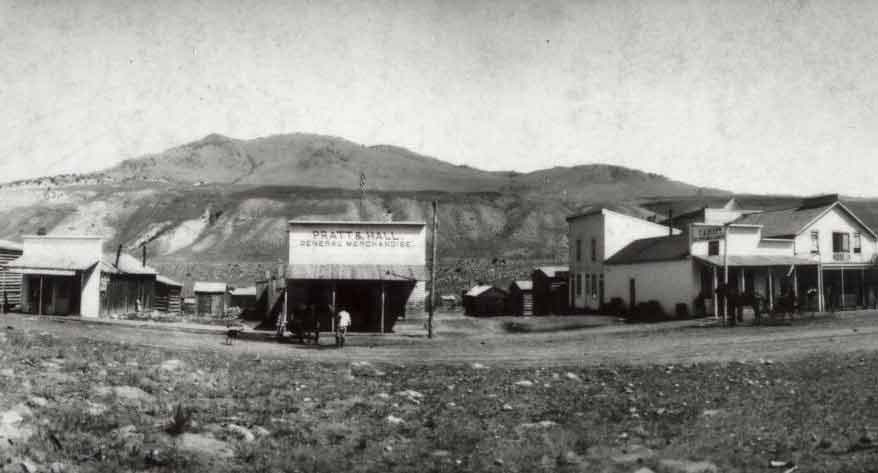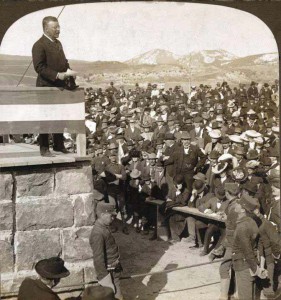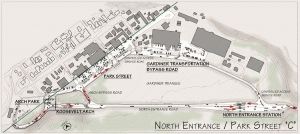
By Ruffin Prevost
GARDINER, MONT. — In what some in this unincorporated gateway community of about 875 people are calling a once-in-a-generation opportunity, a diverse array of players is set to announce an agreement that will guide a cooperative effort to improve and revitalize the North Gate to Yellowstone National Park.

Representatives from local, state and federal agencies will join nonprofit and business leaders in Gardiner on Thursday to sign a memorandum of understanding that will lay the framework for the Gardiner Gateway Project, a series of improvements and new construction aimed at improving public safety and visitor experiences at the North Gate.
The Gardiner Gateway Project envisions a series of infrastructure improvements to be completed in time for the 2016 centennial of the National Park Service.
The project offers a chance for Gardiner to share with visitors its unique history as the original railroad gateway into Yellowstone National Park, said Daniel Bierschwale, president of the Gardiner Chamber of Commerce.

The project would include a rebuilt Gardiner Depot that highlights the history of the Northern Pacific Railroad, a public amphitheater with the Roosevelt Arch as a backdrop and an extensive revitalization of Park Street and Gardiner’s historic and business districts.
The National Park Service will work to relieve congestion near the Roosevelt Arch by installing a short bypass road that aligns with 3rd Street.
“That gives people an opportunity to shift traffic through there and go on into Yellowstone,” Bierschwale said. “Those who want to stop at the arch can still do so.”
The cooperative plan is aimed at improving traffic flow around the North Gate entrance area, where cars stopping for photos of the Roosevelt Arch near a hairpin curve is an unexpected modern side effect of a park entrance originally designed for horse-drawn wagons leaving a train depot.

Another holdover from the town’s early days is the curious but little-known reality of shoppers entering and leaving Yellowstone Park as they visit stores along Park Street.
The historic street was first developed in the late 1870s, when the park’s northern boundary had not been accurately surveyed. Builders along Park Street mistakenly assumed Yellowstone’s boundary was farther south. But in fact, it runs along the sidewalk in front of shops on the north side of Park Street. The street’s paved driving lanes and south-side parking areas are actually inside the park, even though they are north of the fence that many believe to be the boundary line.
For that reason and others, a host of agencies have agreed to cooperate on a series of projects, adopting an integrated approach that Bierschwale and others in Gardiner hope will entice more of the nearly 700,000 annual visitors who enter through the North Gate to park their cars and linger in town for a bit.
“We have some ideas of how to share Gardiner’s unique story through walking tours and interpretive signage, along with having the opportunity to elevate the exposure of the Roosevelt Arch,” Bierschwale said.

Finishing the Gardiner Gateway Project by 2016 is an “ambitious goal,” said Bill Berg, president of the Greater Gardiner Community Council.
“Where better to kick off the second century of the national parks than in the world’s first gateway community?” Berg said.
Berg and Bierschwale are among those scheduled to attend a ceremony Thursday to announce details of the project and sign a preliminary agreement. Other attendees will include Montana Gov. Brian Schweitzer, Yellowstone Superintendent Dan Wenk and Park County Commissioner Marty Malone.
Contact Ruffin Prevost at 307-213-9818 or [email protected].
